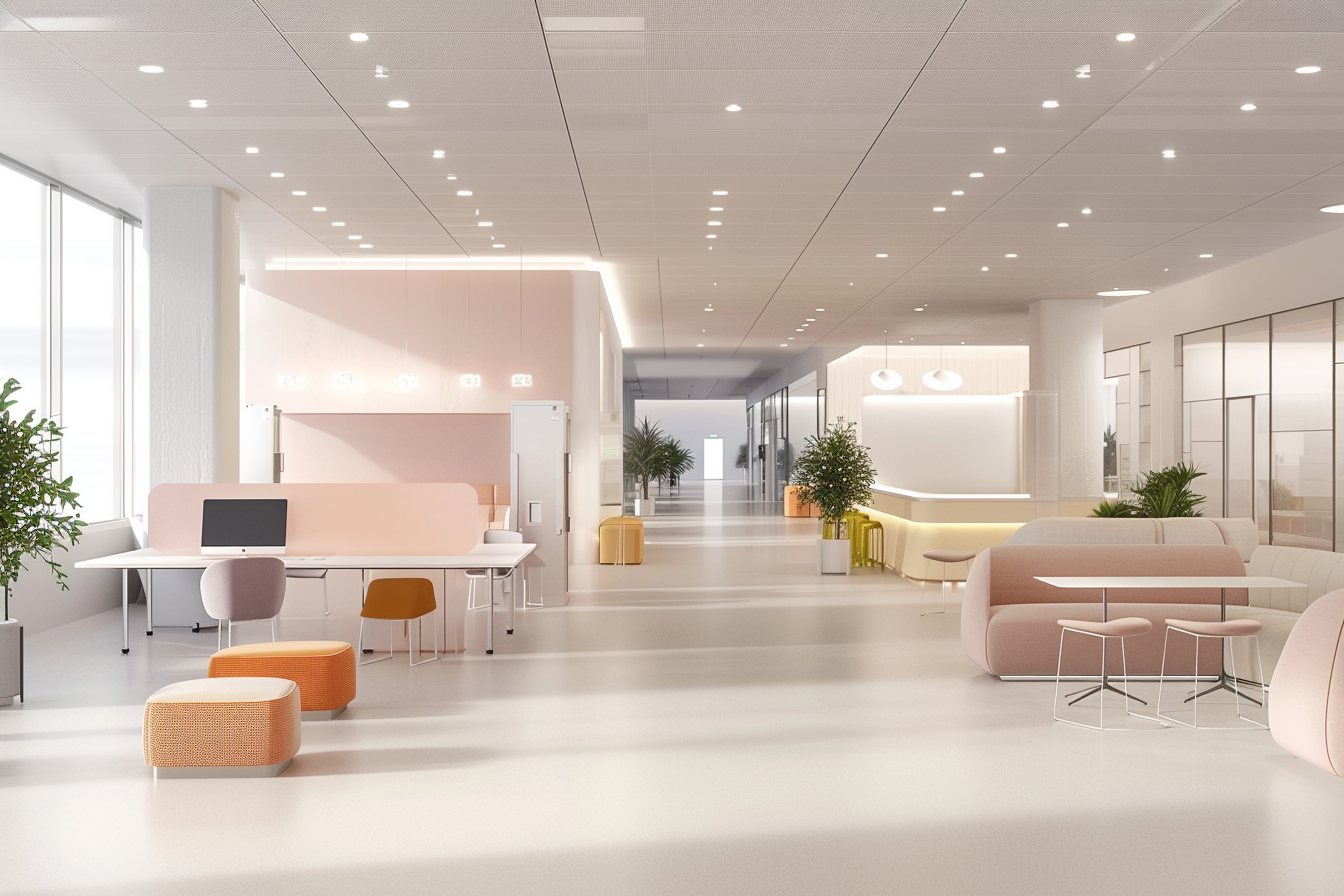Adaptive Space Planning

1. Introduction
In a rapidly evolving world, architecture must accommodate not only current needs but also future transformations. Adaptive space planning is the practice of designing buildings and spaces that can evolve with time, changing functions, and user requirements. As cities grow denser, technologies change, and demographics shift, adaptability has become a crucial tool in resilient design. For recent architecture graduates, understanding and implementing adaptive design principles is key to staying relevant in professional practice. While academic training often focuses on fixed design solutions, the real world demands fluidity, foresight, and strategic planning. This article explores core principles of adaptive space planning, methods of integrating flexibility into design, relevant standards, and case studies that showcase its successful application.
2. What is Adaptive Space Planning?
Adaptive space planning refers to designing spaces that can be easily modified in response to changing needs, functions, or technologies without requiring major renovations or demolitions. Key Characteristics:
- Modular Design: Use of repeated, interchangeable components
- Non-loadbearing Partitions: Flexible internal walls to allow reconfiguration
- Shared Spaces: Areas serving multiple functions at different times
- Infrastructure Ready: Systems designed to support future upgrades
Pro Tip: Consider flexible MEP routing (especially HVAC and electrical) from the early stages. Experienced architects know that tight service zones limit future adaptability.
3. Why Flexibility Matters in Architectural Design Flexibility is not a trend — it is a necessity in contemporary practice. Whether for cost-efficiency, longevity, or sustainability, adaptable spaces perform better over time.
Benefits of Adaptive Planning:
- Extended Building Lifespan: Delays obsolescence
- User-Centric: Supports changing lifestyles or business models
- Cost-Efficient: Reduces need for full renovations
- Sustainability: Minimizes waste through reuse
Pro Tip: Engage with clients early about long-term goals. Flexibility doesn't add value unless it aligns with anticipated future uses.
4. Strategies for Achieving Adaptive Spaces
A. Structural Grid Design
Use wider structural bays to accommodate multiple configurations.
B. Raised Access Floors and Suspended Ceilings
Enable re-routing of services as layout evolves.
C. Demountable Partition Systems
Allow fast, low-cost internal changes.
D. Open Floor Plans with Zoning Cues
Use lighting, flooring, or ceiling treatment to define zones without hard partitions.
E. Furniture Systems Mobile and modular furniture can drastically increase adaptability.
Pro Tip: Always ensure that egress paths remain clear regardless of layout changes. This is a frequent oversight during tenant fit-outs.
5. Codes, Standards, and Best Practices
Though building codes don’t explicitly mandate flexibility, they play a vital role in shaping adaptive design.
Relevant References:
- IBC (International Building Code) – Section 1004 (Occupant Load), Section 1207 (Interior Environment)
- BREEAM & LEED – Include credits for flexible design, especially in long-term sustainability ratings
- UNIVERSAL DESIGN PRINCIPLES – Encourage inclusivity and future-proofing
6. Case StudiesA. Centre Pompidou, Paris – Renzo Piano & Richard Rogers
- Completed: 1977
- Key Feature: Exposed structural and mechanical systems
- Flexibility: Open, column-free interiors that can be reprogrammed indefinitely
- Impact: Revolutionary approach to adaptable space; still relevant 40+ years later
B. The Edge, Amsterdam – PLP Architecture
- Completed: 2015
- Key Feature: Smart tech integration and modular workplace
- Flexibility: Hot-desking, reconfigurable zones, digital controls
- Impact: One of the smartest, most adaptive office buildings globally
C. Toyota Woven City, Japan – BIG (Bjarke Ingels Group)
- In Progress: Breaking ground 2021
- Key Feature: Urban flexibility and modular infrastructure for future tech
- Flexibility: Designed to evolve with changing mobility technologies and user demographics
Pro Tip: Review post-occupancy evaluations (POEs) to assess what flexibility actually works in long term. Many ideas fail without user support or operational planning.
7. Design Considerations Based on Context
A. Urban vs. Rural: Urban sites benefit more from adaptable interiors due to land constraints, while rural designs may explore modular additions.
B. Climate Considerations: Flexibility should not compromise thermal or acoustic performance — double-check insulation, shading, and HVAC adaptability.
C. Scale:
- Small Scale: Co-working spaces, apartments
- Large Scale: Hospitals, campuses, educational buildings
D. Budget Constraints: Low-cost adaptations may include:
- Movable partitions
- Multi-use furniture
- Grid-based lighting layouts
Pro Tip: Use phased construction and expansion zones in early master plans. Developers love flexibility that allows growth without redrawing the entire site.
8. Conclusion Adaptive space planning bridges the gap between fixed architectural form and evolving user needs. Through flexible layouts, modular components, and foresight-driven design, architects can future-proof buildings for decades. For new professionals, embracing adaptability means designing with uncertainty in mind — turning unknowns into opportunities. From urban co-working hubs to tech campuses and family homes, adaptive principles ensure relevance, efficiency, and resilience. In a profession built on permanence, flexibility is now the most strategic design choice.